As a seasoned traveler, a portable charger is essential for me. I’ve tested many power banks to fuel my devices on the go. I’ve done this while hiking remote trails and navigating chaotic airports worldwide.
However, airline regulations on lithium-ion batteries can be confusing and vary between carriers. I’ve become an expert in navigating the rules around power banks through trial and error.
In this guide, I will share Airline Restrictions on power banks. I will also share Power Bank Specs, including Watt-Hours, Size, and Capacity allowed by airlines. Let’s go to start.
Understanding Airline Restrictions on Power Banks
Portable chargers, or power banks, have become essential gear for my adventures. But Lithium-ion batteries some airlines regulate
So, avoid issues at the airport, and do your homework on the specific airline’s policies. Most comply with safety standards set by the UN’s International Civil Aviation Organization. Power banks are limited to 100 Watt-hours (Wh) or less for carry-ons and 160 Wh in checked bags. But some Asian and European airlines allow even less. Check the latest rules on the airline’s website and pack.
I like compact yet fast-charging power banks from Anker, RAVPower, or Xiaomi for short trips. The power banks offer at least 10,000 milliamp hours (mAh). They can fully recharge my phone a couple of times. For more extended getaways, a higher-capacity 20,000-30,000 mAh charger gives me peace of mind. I always label my power bank with my name and phone number in case it gets misplaced.
Take your power bank out of your bag at the airport and place it in the bin for screening. Some airports have additional lithium-ion battery checks, so give yourself plenty of time. Once cleared, power your devices and start charging when you reach your gate.
By understanding the rules and coming prepared, you’ll never have to ration your phone’s battery life on a trip again. Staying connected and powered up is vital to traveling well in today’s digital age. You can confidently explore the world with the right power bank as your companion.
1. The Basics of Power Bank Restrictions
The basics: Power banks, also known as portable chargers, provide extra battery life for your devices on the go. They’re measured in milliamp hours (mAh) and watt-hours (Wh).
Most airlines follow guidelines by the (ICAO). They limit power banks to 100Wh. Why the limits? Lithium-ion batteries can overheat or short circuit, though the risk is small. The regulations aim to minimize potential fire hazards in the air.
Each airline has its rules, so check with them before you fly. As a rule of thumb:
- Major US airlines like Delta, American, and United allow up to 100Wh. They also allow two spare lithium-ion batteries.
- European carriers such as Lufthansa, KLM, and British Airways have the same 100Wh limit. However, some only permit one spare battery.
- Asian airlines tend to be more restrictive, capping power banks at as little as 30Wh for carry-on. Singapore Airlines is an exception, allowing up to 100Wh.
- Budget airlines can vary wildly, so verify rules ahead of time. Some may not permit any spare lithium-ion batteries.
My power bank picks Anker PowerCore (any size up to 100Wh) for value, durability, and speedy recharging. Mophie Powerstation PD for high-speed USB-C charging. Crave PowerPack for ultra-slim portability. Label all your chargers clearly, keep them in your carry-on bag for easy access, and turn off unused devices to conserve power.
By understanding the rules and coming prepared, you’ll stay fully charged wherever your adventures take you.
2. Airline-Specific Regulations
As an experienced traveler, I’ve navigated power bank restrictions on many major airlines. Each carrier has guidelines, so do your homework before packing a portable charger in your carry-on.
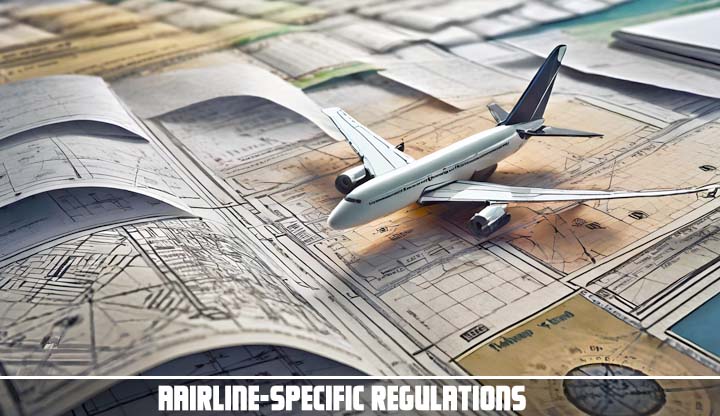
American Airlines
American Airlines follows international standards, allowing power banks up to 100 Wh (27,000 mAh) in carry-on bags. You can bring two spare lithium-ion batteries, each under 100 Wh. Check their website for details and updates before your flight.
Delta Air Lines
Delta Air Lines also exceeds the 100 Wh carry-on limit for portable chargers and two spare batteries. They prohibit power banks in checked baggage, so keep them in your carry-on. Ensure each battery is protected correctly and clearly labeled with its watt-hour rating.
United Airlines
Portable chargers up to 100 Wh are allowed in United carry-on bags, with two spare lithium-ion batteries under 100 Wh each. Power banks over 100 Wh cannot go in carry-on or checked bags. United Airlines recommends that you carry supporting documentation for medical devices with built-in batteries that exceed 100 Wh.
Pro Tip
Check with them directly about their power bank policies for airlines not listed. When flying on multiple carriers for one trip, adhere to the most stringent regulations to avoid issues. Prepare for additional screenings of your charger. Be ready to power it on if requested by security.
Staying up to date with airline rules will ensure you have power and peace of mind on your next adventure. Adequately preparing your portable charger is essential.
Power Bank Specs – Watt-Hours, Size, and Capacity Limits by Airline
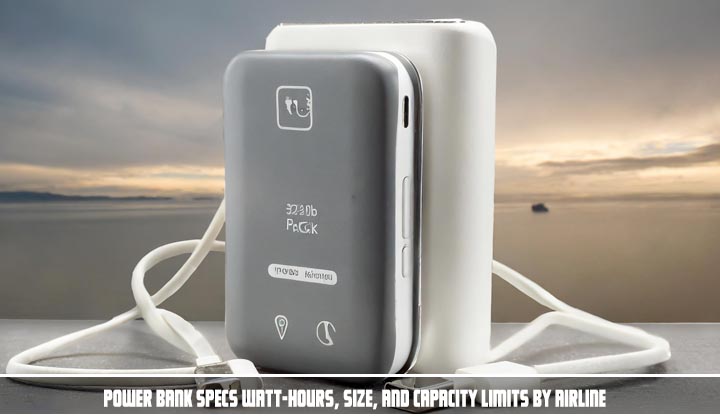
I’ve learned the hard way about airline restrictions on power banks. On my first international flight, I had a massive 30,000 mAh power bank confiscated at the gate. This happened because it exceeded the allowed watt-hour rating. Lesson learned! Now, I ensure all chargers follow regulations before packing them in my carry-on.
Power banks, also known as portable chargers or battery packs, provide backup power for your electronic devices on the go. They’re rated by watt-hours (Wh) or milliamp hours (mAh), indicating how much charge they hold. Some airlines enforce even stricter limits, so always check with your specific carrier.
Why the restrictions? Lithium-ion batteries, like those in power banks and laptops, may overheat or catch fire. Airlines aim to minimize potential hazards, especially in aircraft cargo holds and overhead bins. This is rare. They reduce safety risks by restricting the size and number of portable chargers. This allows you to stay powered up during your flight.
To avoid issues at the airport, choose a power bank no larger than 26,800 mAh or 100 Wh. The power bank should meet the requirements for major airlines, such as Delta, American, and United. For smaller carriers, check their website for details.
A 10,000 mAh charger is always a safe, travel-friendly option when in doubt. Make sure any batteries are correctly installed. Cover the terminals to prevent overheating. Pack it in your carry-on where crew members have easy access in case of any issues.
With some forethought, you can navigate airport security. You can stay plugged in wherever your adventures take you. A little knowledge goes a long way in helping frequent flyers avoid power struggles.
Top Portable Chargers That Meet TSA Requirements
As an avid traveler, I’ve relied on portable chargers for years to keep my devices powered up. Through trial and error, I’ve found some chargers that meet TSA requirements. They work great for travel. Here are a few of my top recommendations:
Anker PowerCore 10000
This compact charger packs a punch with 10000 mAh of power, enough to charge most phones 2- 3 times. It’s lightweight, affordable, and allowed on all airlines. Anker is a reputable brand, and this charger charges devices efficiently. I’ve used mine for years and love how portable yet powerful it is.
RAVPower 16750mAh Portable Charger
For longer trips or if you need to charge multiple devices, this RAVPower model is excellent. It has a massive 16750 mAh capacity and 3 USB ports. You can charge a phone, tablet, and accessories simultaneously. It recharges in 10-11 hours.
The digital display shows the remaining power, so you know when it needs recharging. It’s a bit bulkier, but the extra power is worth it. Check with your airline for their size limits to make sure it complies.
Jackery Portable Travel Charger Bar 6000mAh
This compact, lipstick-sized charger is perfect for short trips or emergency charging. It packs 6000 mAh of power, enough for 2-3 phone charges, and the small size fits easily in your pocket bag. It has an integrated Lightning and Micro USB cable, so there are no cords to pack, and the aluminum casing is durable. The downside is that it may not suit larger phones and tablets, but this little charger can’t be beat for quick top-ups.
This guides you in choosing a reliable, flight-friendly portable charger. Use the correct charger and follow airline regulations. You’ll have power whenever and wherever you need it.
Smart Tips for Flying With Power Banks
Here are some of my go-to strategies for keeping your devices charged on the go without hassle:
Label Everything
Ensure any power banks or charging cables you bring are clearly labeled with your name and contact information. This helps identify the items as yours if they get temporarily misplaced during security screenings. It also helps in the overhead bin shuffle. TSA agents may need to power on your charger to test it. Labeling avoids confusion and ensures it finds its way back to you.
Know the Rules
Do your research on the specific regulations of any airlines you’re flying. Most follow the FAA’s guidance, allowing power banks up to 160 Wh (watt hours) in carry-on bags.
But, some airlines have extra restrictions. Before you fly, check with the airline directly to confirm their latest policies. Staying up to date on the rules will give you peace of mind that your trusty charger can come along for the ride.
Pack Strategically
I always pack my smaller power bank in my carry-on bag, so I have it handy during long flights or unpredictable travel delays. I’ll bring a larger charger in my checked bag for longer trips to use at my destination.
This avoids the risk of overpacking my carry-on with too many heavy electronics. Make sure any lithium-ion batteries are protected from damage or overheating. This applies regardless of where they’re packed.
Charge in Cycles
I charge my devices in cycles to maximize usage of your power bank’s charge over multiple days of travel. I start by charging my phone, then switch to my tablet or wireless headphones as needed.
I wait until each device is fully charged before moving on to the next one. This avoids quickly draining the power bank’s battery. It charges multiple power-hungry devices simultaneously.
Some smart charging techniques can keep all your essential tech juiced for a surprisingly long trip. One quality power bank is enough.
Conclusion
As seasoned travelers know, portable chargers can be lifesavers on long flights or extended layovers. You’ll confidently breeze through airport security by understanding the rules and regulations around power banks.
You’ll also ensure you always have enough juice to capture those memorable moments. Staying up-to-date on the latest technologies and airline policies will help future-proof your gear.
It will also open up more opportunities for adventure. With a suitable portable charger in your carry-on, the world is your oyster. Where will your next flight take you? Pack your bags, charge your tech, and get ready to embark on your next journey powered up and without worry. The open skies await!
Let me know if you have any questions about navigating power bank restrictions. Safe travels!

Jeffrey C. Fields is an experienced travel writer passionate about uncovering the world’s hidden gems. With years of global exploration, he shares unique insights into diverse destinations, offering readers a fresh perspective on our planet’s beauty.
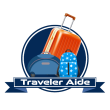
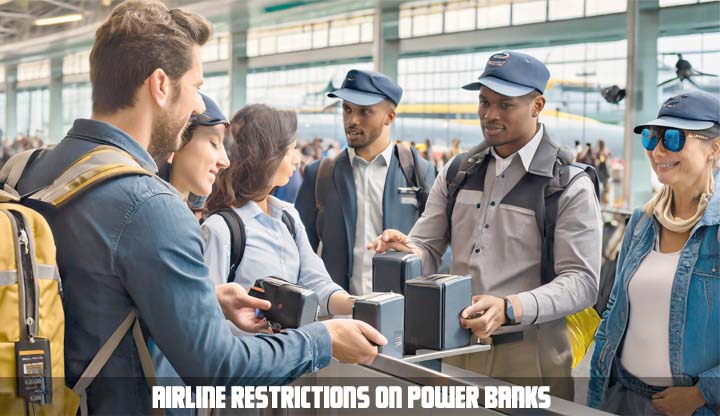
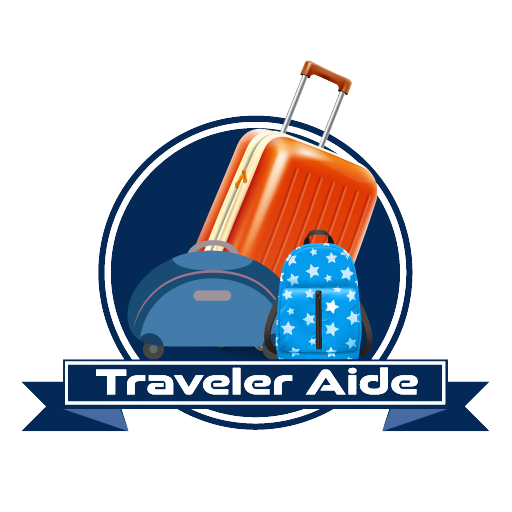
1 thought on “Airline Restrictions On Power Banks – A Traveler’s Guide”